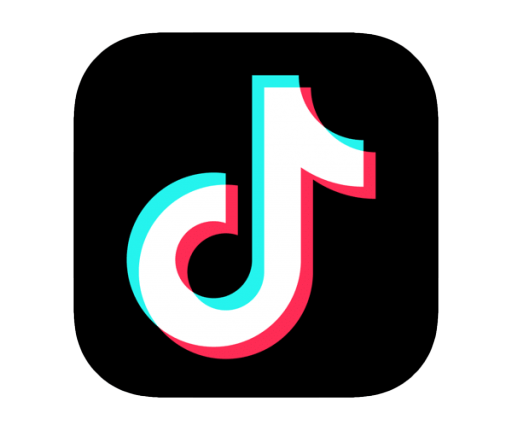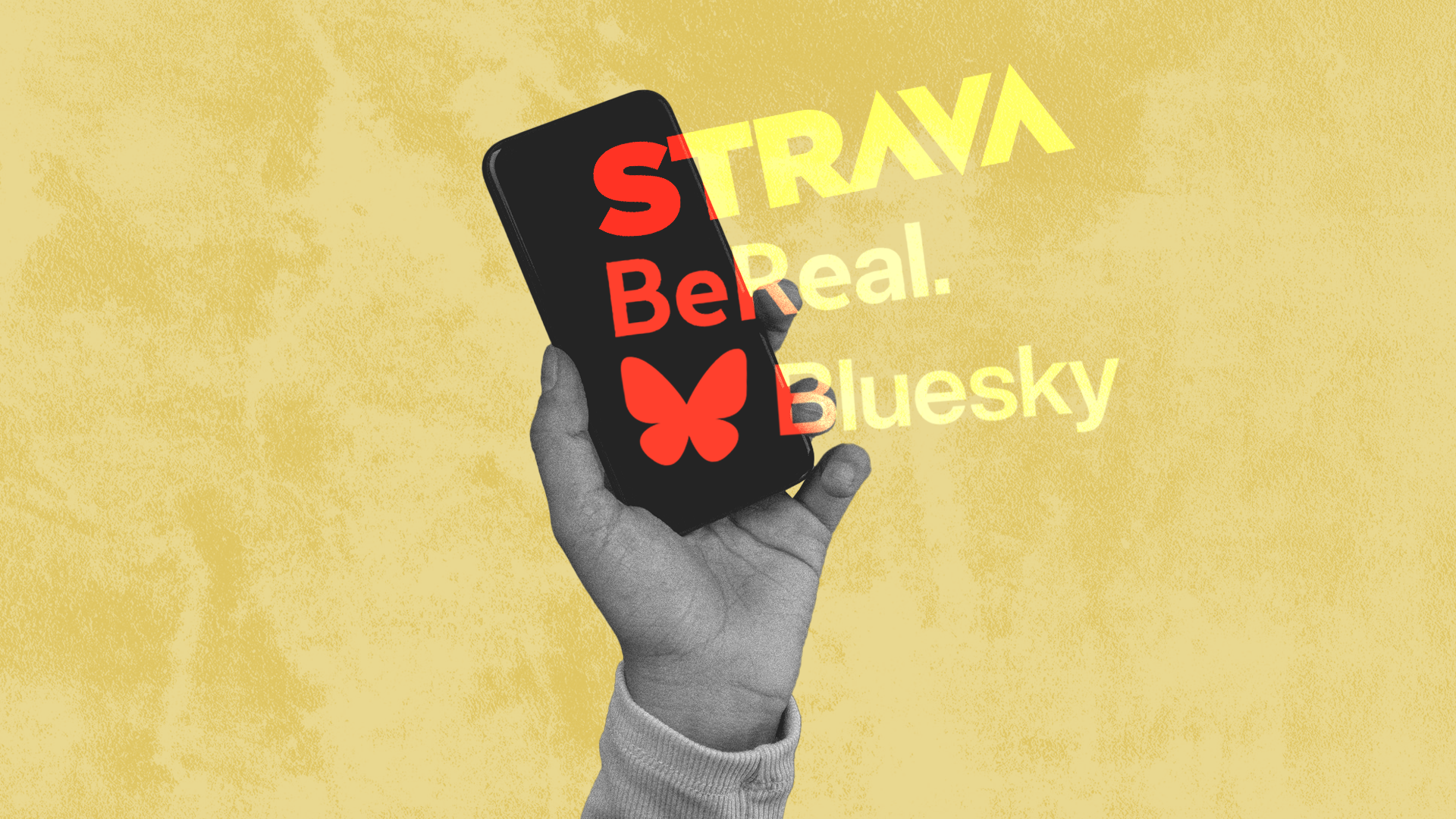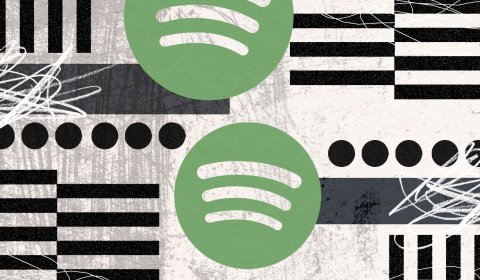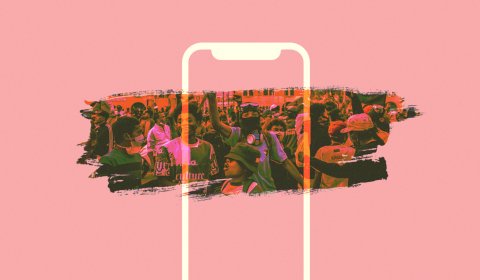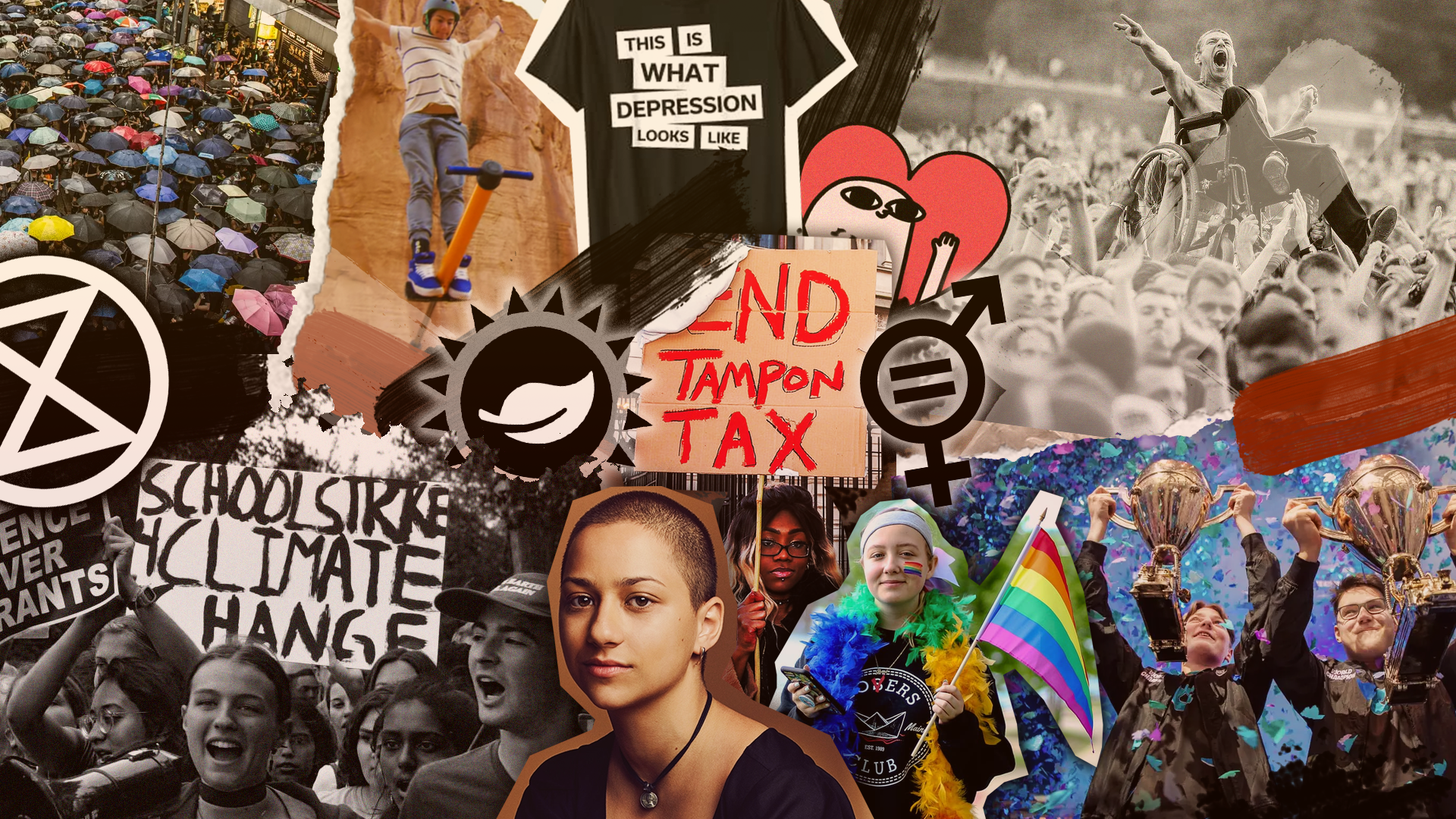While young people use mainstream platforms like Instagram, Snapchat and TikTok, there is a growing appetite for smaller, niche communities. What’s drawing Gen Z to these smaller spaces?
![]()
If you’re an older millennial, you’ll no doubt remember the days when Instagram, Twitter and Facebook first launched, promising novelty connections with friends and family.
Since those early years, social media platforms have evolved into highly-addictive, complex, corporate spaces, where an increasing percentage of consumable content is posted by influencers and brands rather than the people we actually care about. In the UK, for example, social media advertising is worth an estimated £9.95 billion a year, making it a highly lucrative and invasive market.
The by-product of this evolution is that most of the bigger social media sites no longer cater to our desire for personal connection, and finding spaces where we can authentically engage with friends has become difficult. This market gap has ushered in a new wave of platforms that are more niche, alternative, and intentional, allowing users to more easily share content and messages with one another.
Take BeReal for example, the app where users are given a prompt to post a selfie at any given time of day. It enjoyed enormous success upon release and was a particularly surprising hit with Gen Z, a notoriously difficult demographic to entice and attract to a new service in the long-term.
Other spaces such as the exercise-focused platform Strava, X alternative BlueSky, and photo-sharing app Lemon8 have all brought in a young audience, suggesting that Gen Z are drawn toward sites that let them authentically engage with real people they know. This also coincides with the boom in sites like Discord and Twitch, where smaller communities can chat and socialise away from any centralised feed.
The larger brands have tried their best to keep up. Facebook spent several years pushing its community features, X launched private livestream chats, and Instagram allowed users to create ‘close friends’ lists that only show content to a select number of people. Still, despite these advancements, the sheer amount of sponsored content we see every day on all three sites means that engagement with friends is ultimately diluted.
It’s not hard to see why Gen Z would be turned off by this experience. Being digitally native and social media savvy, they understand that platforms are addictive and use our engagement data to sell ads and make a profit. Any alternative that promises to be ad-free, without influencers, is likely to come off well.
In an age where privacy is not expected or given in most instances, the opportunity to express oneself within a closer, more intimate space will be attractive to Gen Z. Many are looking to move away from clout-chasing content and are instead craving a feeling of personal identity and belonging within the communities they engage with. Smaller apps offer greater control over our personal identity and provide users with the tools to be more genuine about the content they share and consume.
What does this mean for bigger brands?
The answer isn’t necessarily concrete, but there are several key takeaways that could help them bounce back with young social media users. For one, Facebook and Instagram should put greater emphasise on community engagement and self-expression. TikTok has used its personal hashtag feature to great effect, and sometimes entire communities around a particular subject can grow. This isn’t always for the best, mind, and this type of system can lead to negative or unhealthy niches.
There should also be less focus on influencer culture and monetised, mainstream content. Gen Z are receptive to content that is authentic and less pretentious, and the more corporate or structured a post feels, the less likely they are to engage with it. Spontaneity, playfulness and fun are all pillars of a successful platform with young people.
The want for community and connection is likely never going to disappear, and bigger platforms would do well to embrace this demand as Gen Z continue to dominate the social media market. They are the future of these apps, after all.
See also:
- Navigating the surprising religious boom of Gen Zers
- Are Gen Z really that bad with money?
- The Gen Z lawyers and students reforming big law firms
![]()





